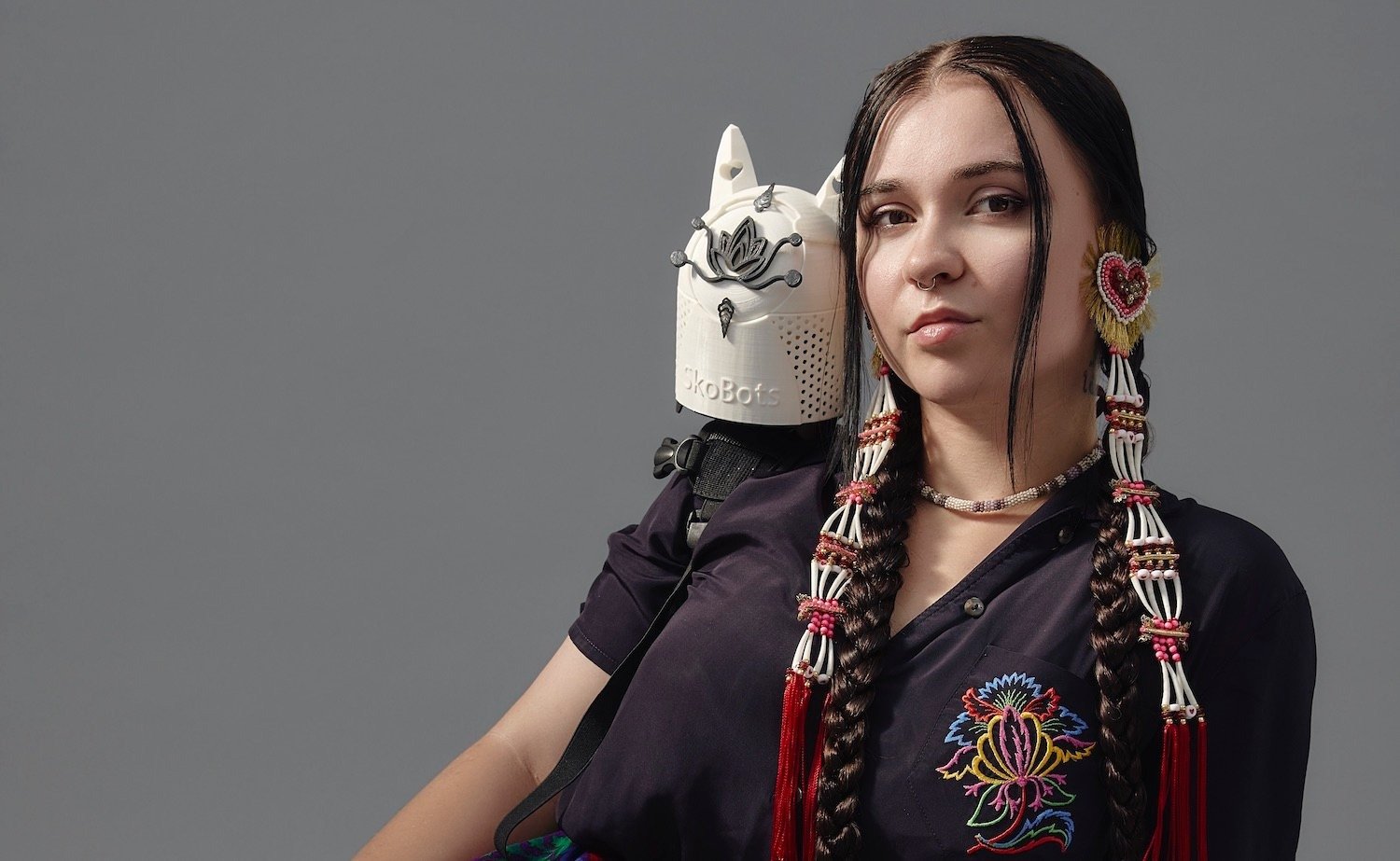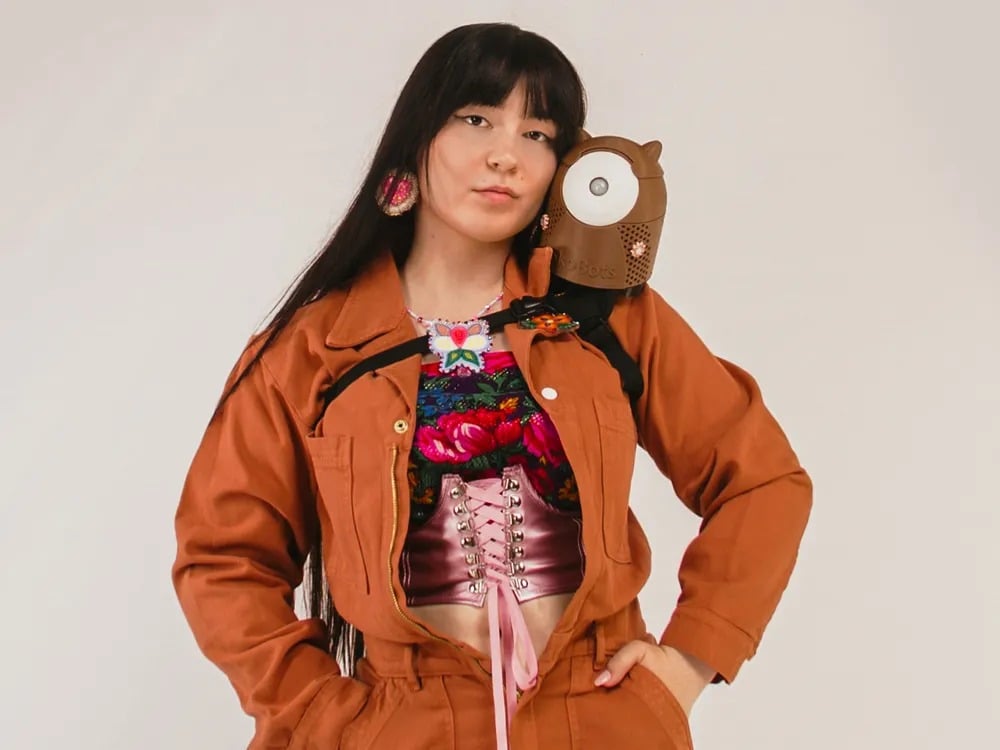
Indigenous languages are disappearing around the world at a rapid rate. In the United States, experts warn that only 20 of the country's 170 languages will still be spoken by 2050. The loss of a language is more than words. It erases stories, traditions, and knowledge passed down for generations. Twenty-four-year-old Danielle Boyer hopes to stop that with SkoBot, an AI-powered robot that speaks endangered languages.
SkoBots come in playful animal designs, often with fun accessories like hats or tutus. Made from recycled materials, the small robots sit on a child’s shoulder like a tiny friend. Students build them using a kit, gaining hands-on experience with technology. A learning plan then teaches them to ask questions, give commands and practice words or phrases in the chosen language.
The SkoBot replies to everything in real time using recordings made by elders and teachers. This ensures that children hear the language as it is truly spoken. The robot can also nod, wave, or move other parts of its body. This makes the conversation feel real. SkoBots do not need the Internet, so they can be used even in remote communities. Each robot costs about $250 to make. But Boyer’s nonprofit, The STEAM Connection, gives them to Indigenous schools for free.

Boyer is Ojibwe and belongs to the Sault Ste. Marie Tribe in Michigan. She grew up in a poor family with little access to technology. Determined to change that, Boyer created a robot kit at 17 to help Indigenous youth explore technology. A few years later, concern about losing her Anishinaabe language led her to develop SkoBot.
Boyer is not the only one on a mission to save languages. Canada’s FirstVoices is a website that allows individuals to record and share their languages. The Dakota Language Project helps keep the Dakota and Lakota dialects alive through games and apps. Projects like these give endangered languages a chance to live on for future generations.
Resources: steamconnection.org, Smithsonianmag.com, ABCnews.com